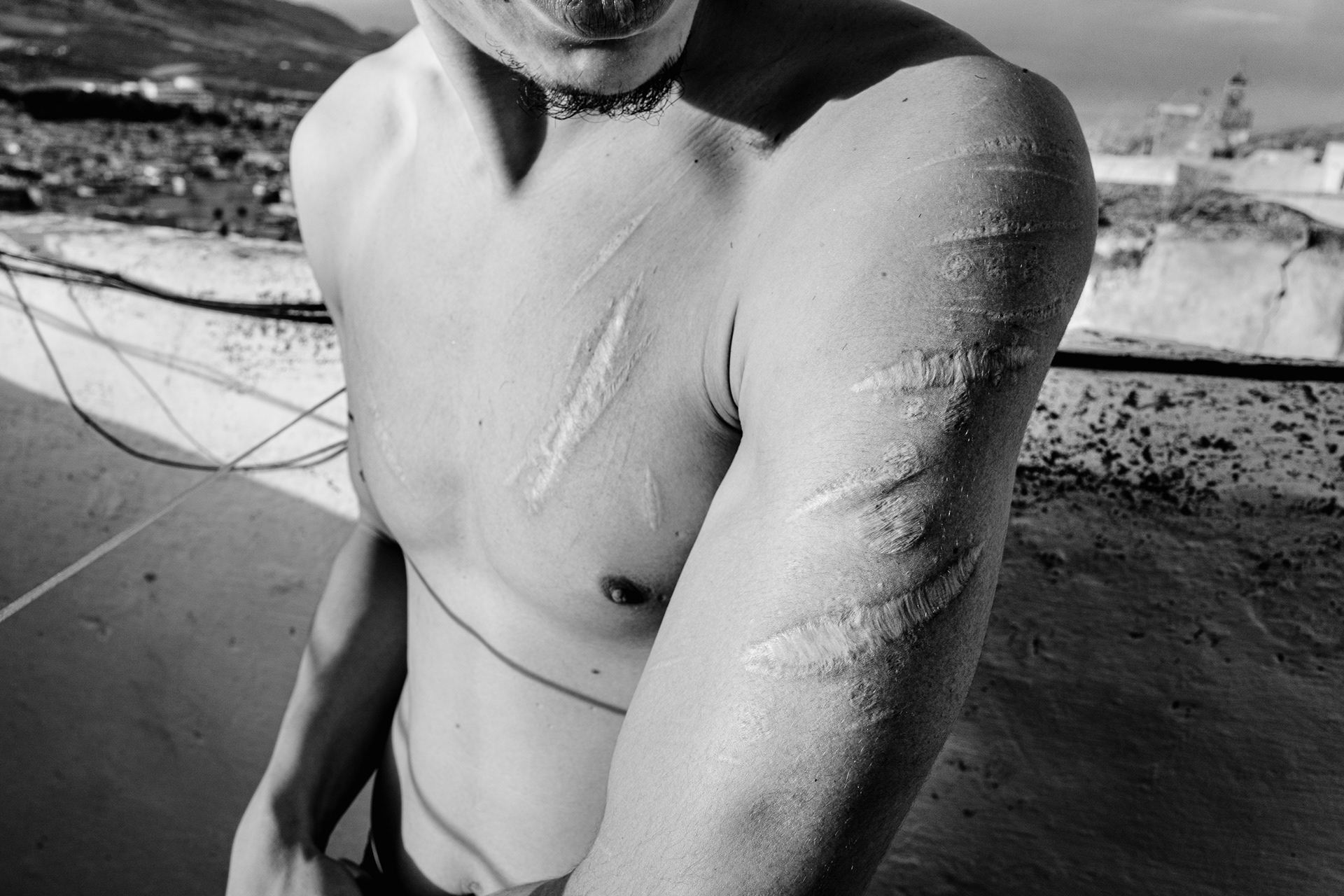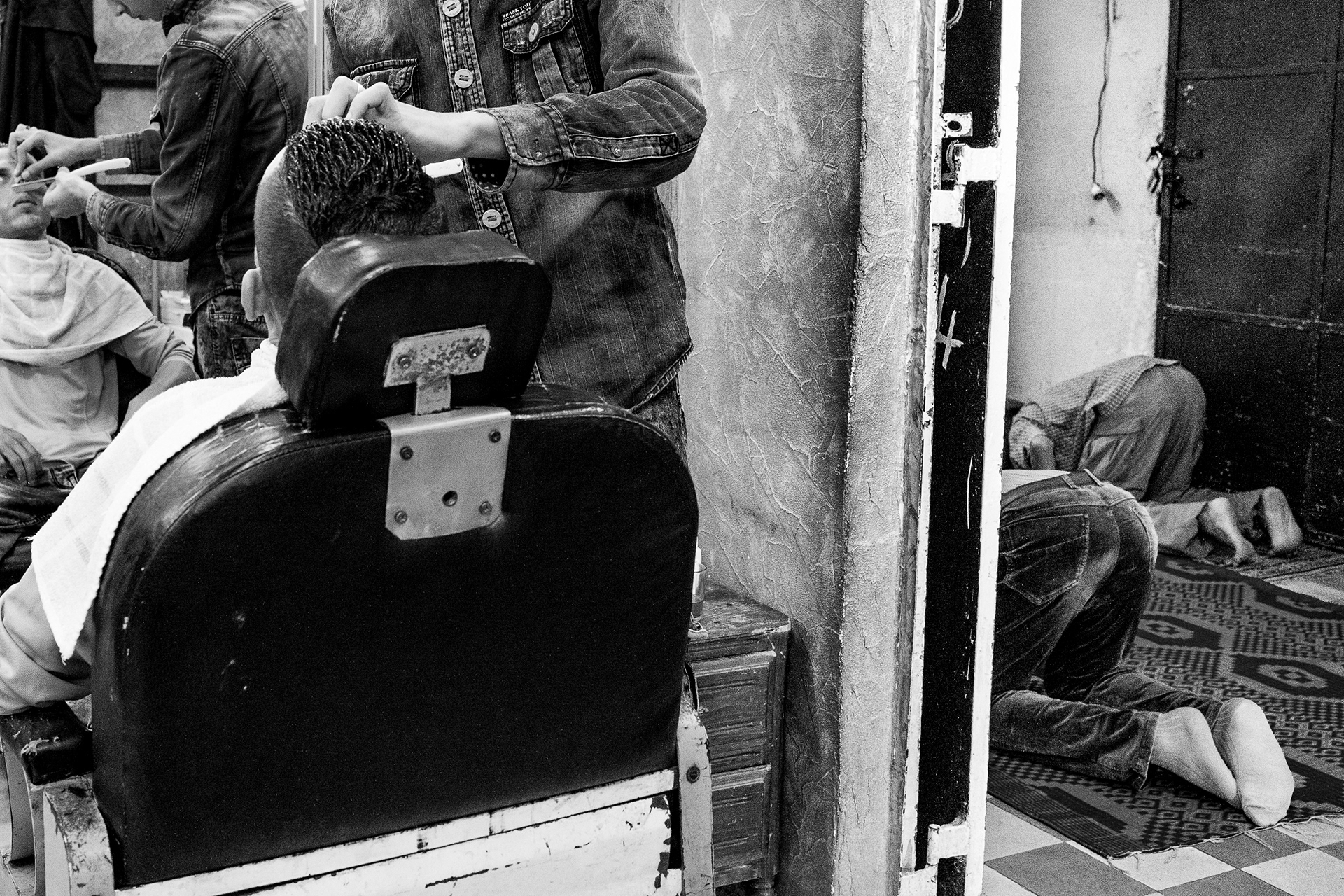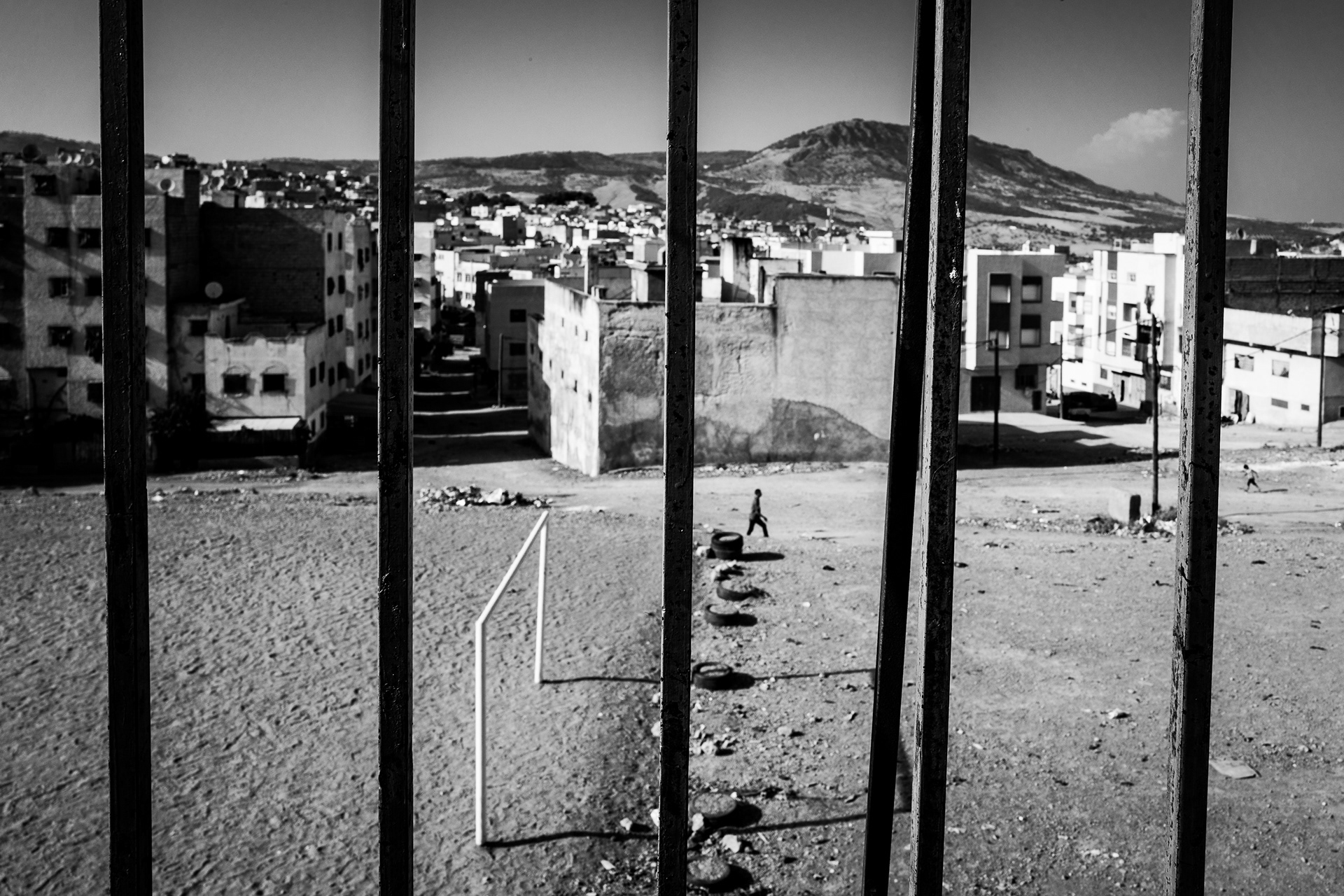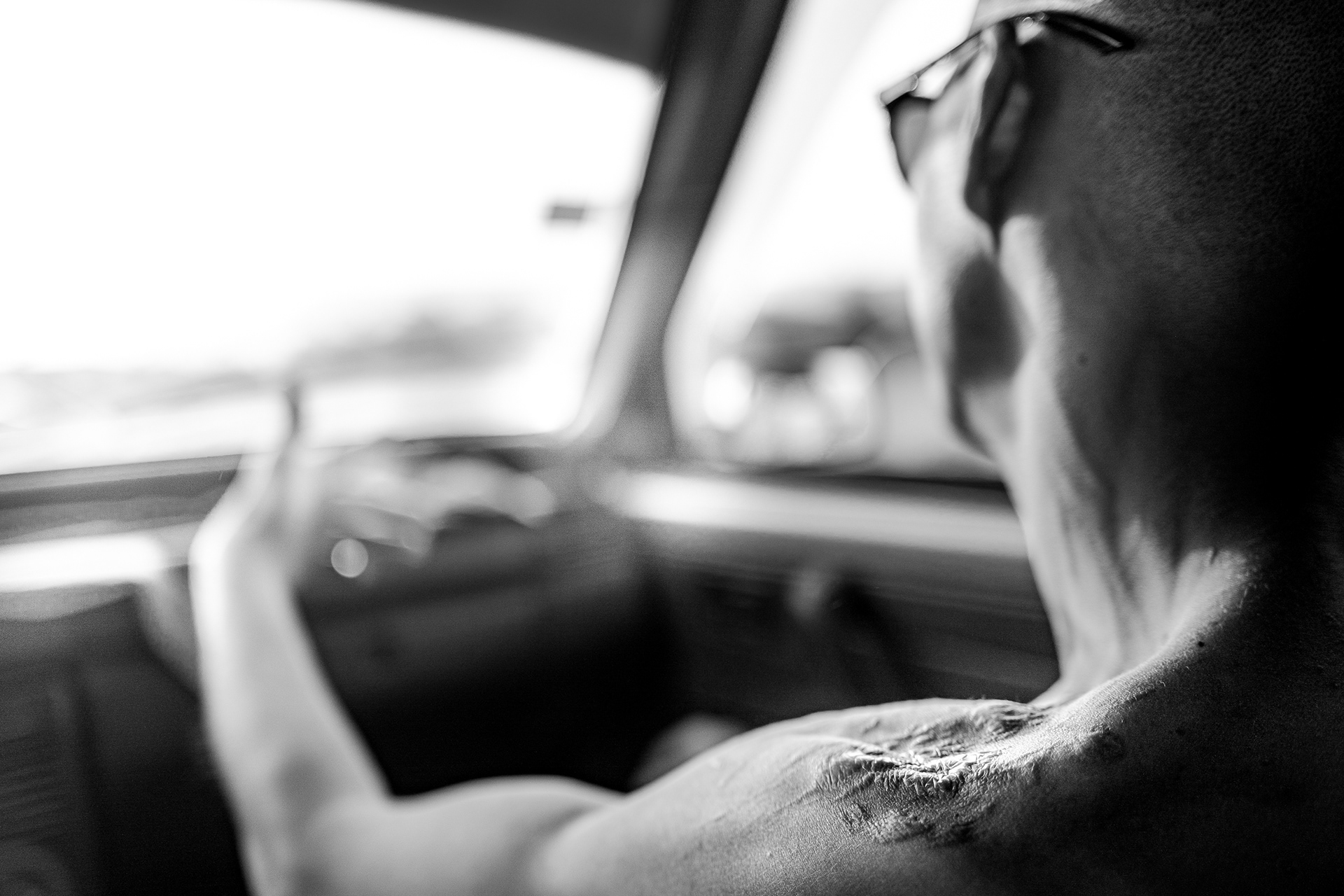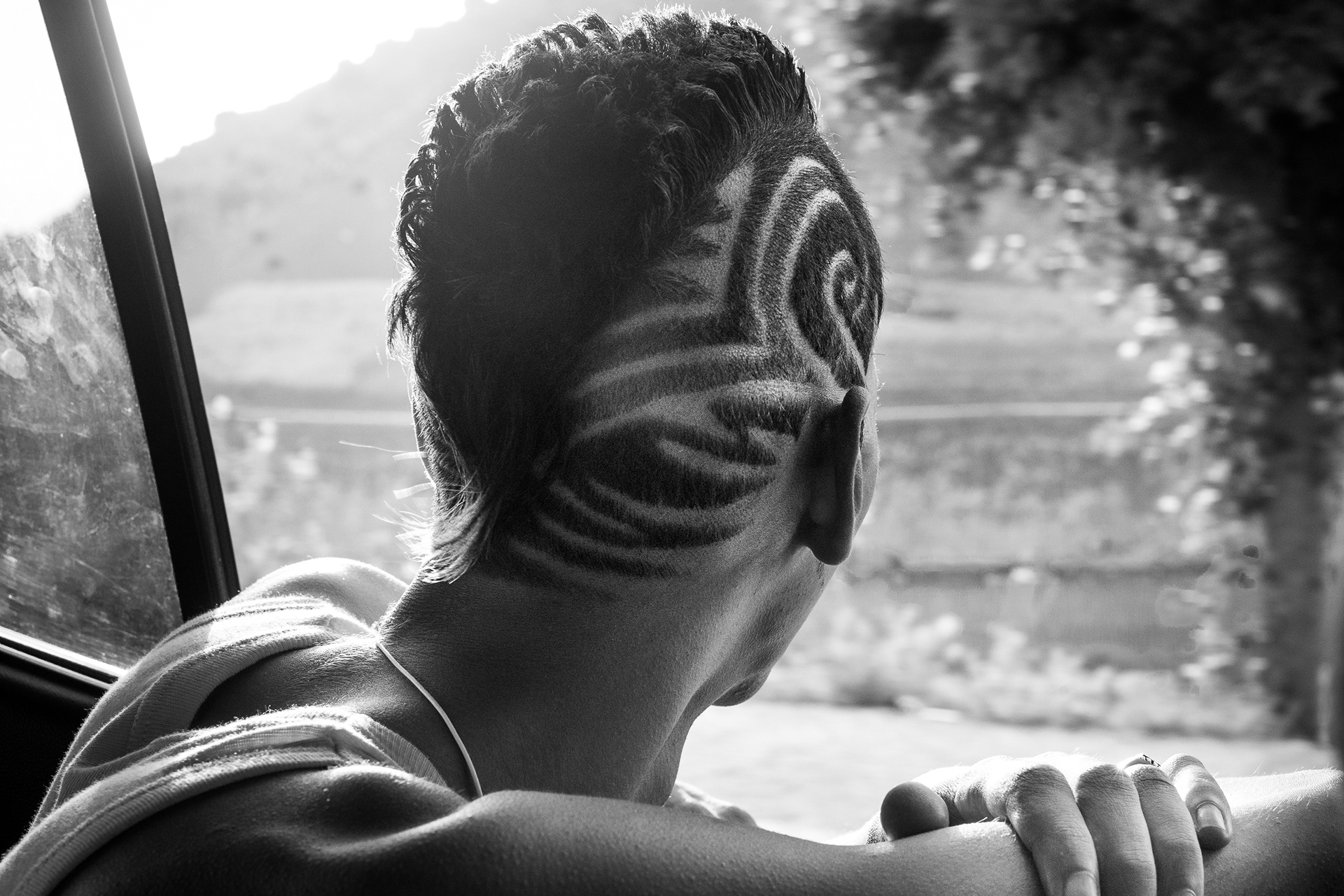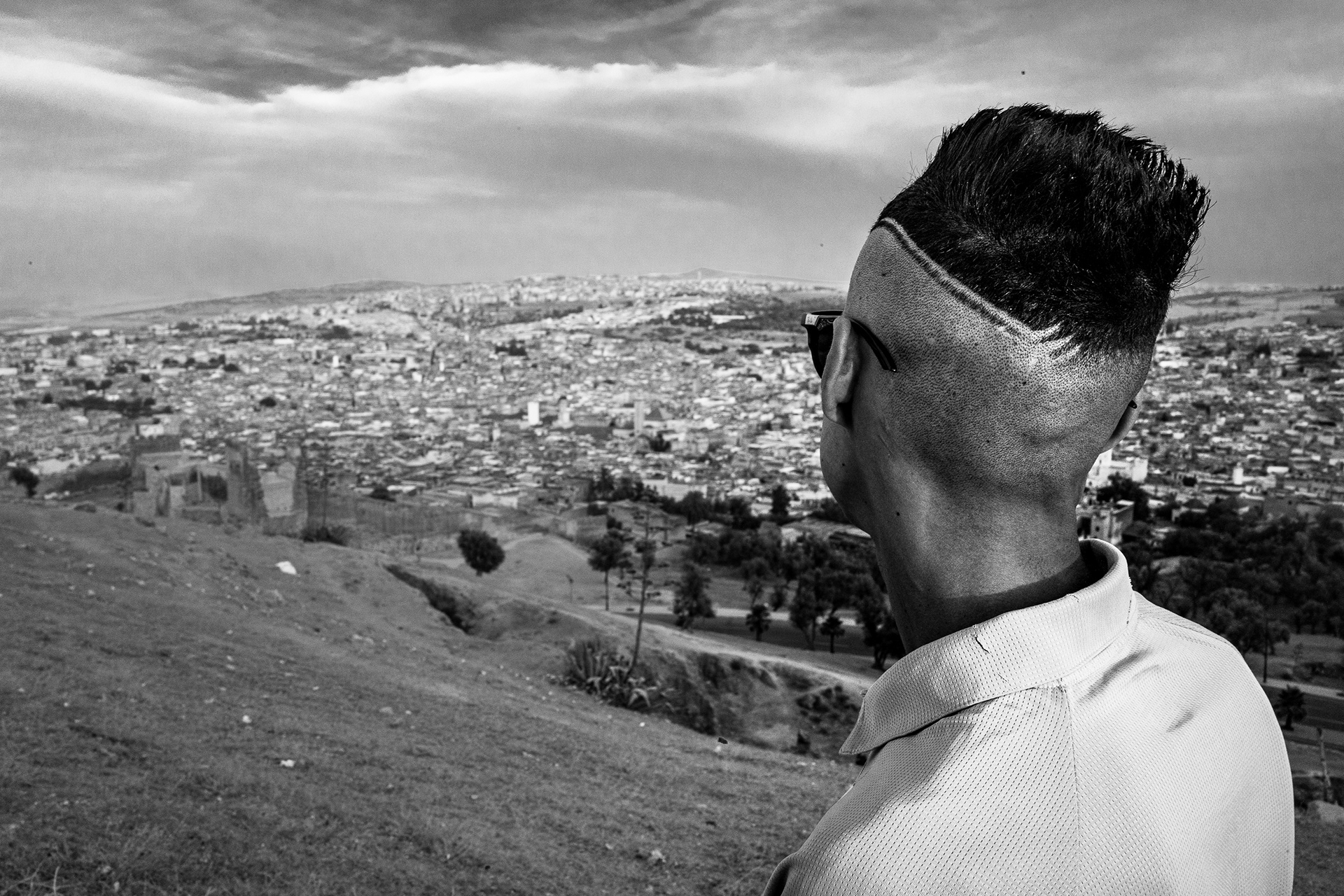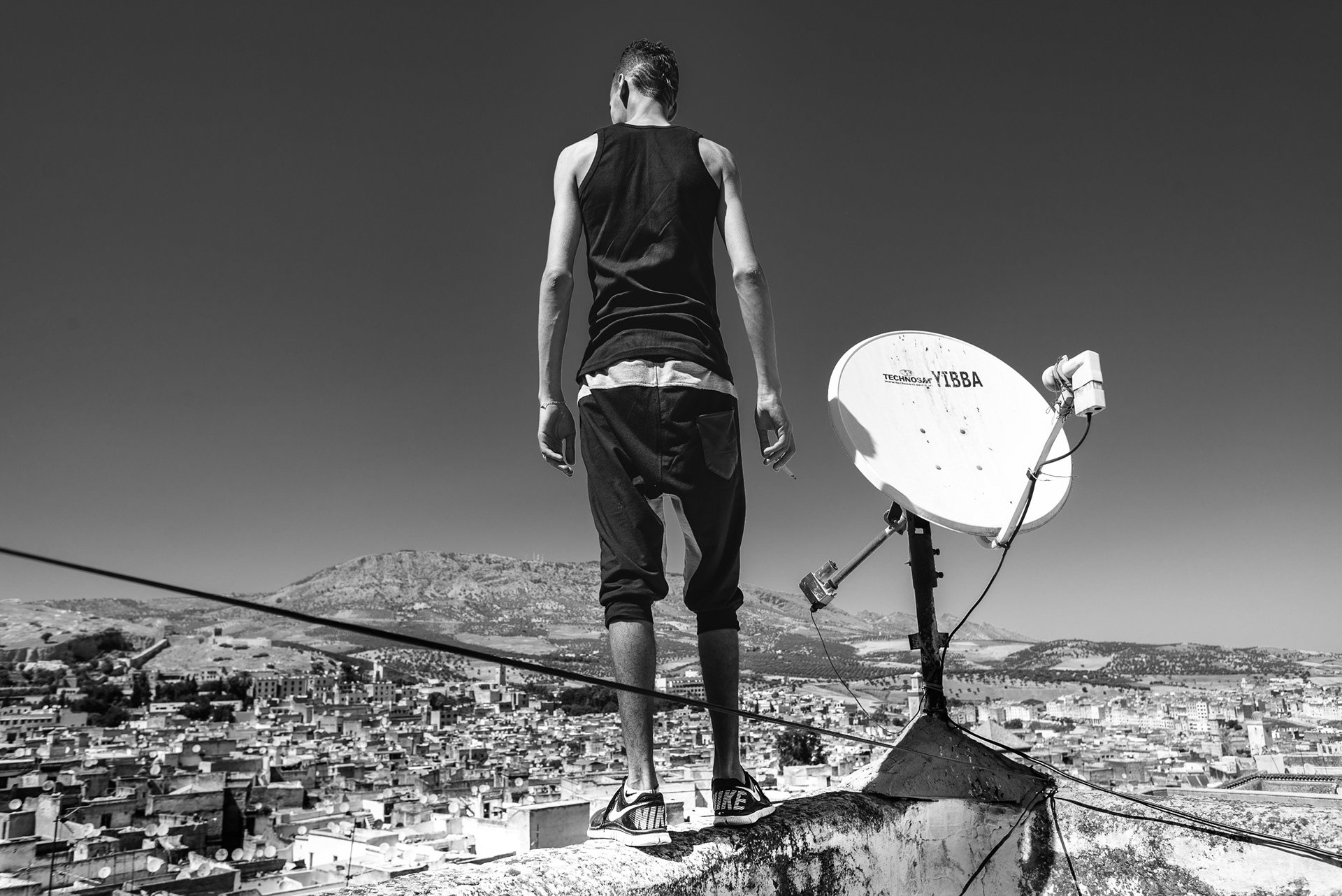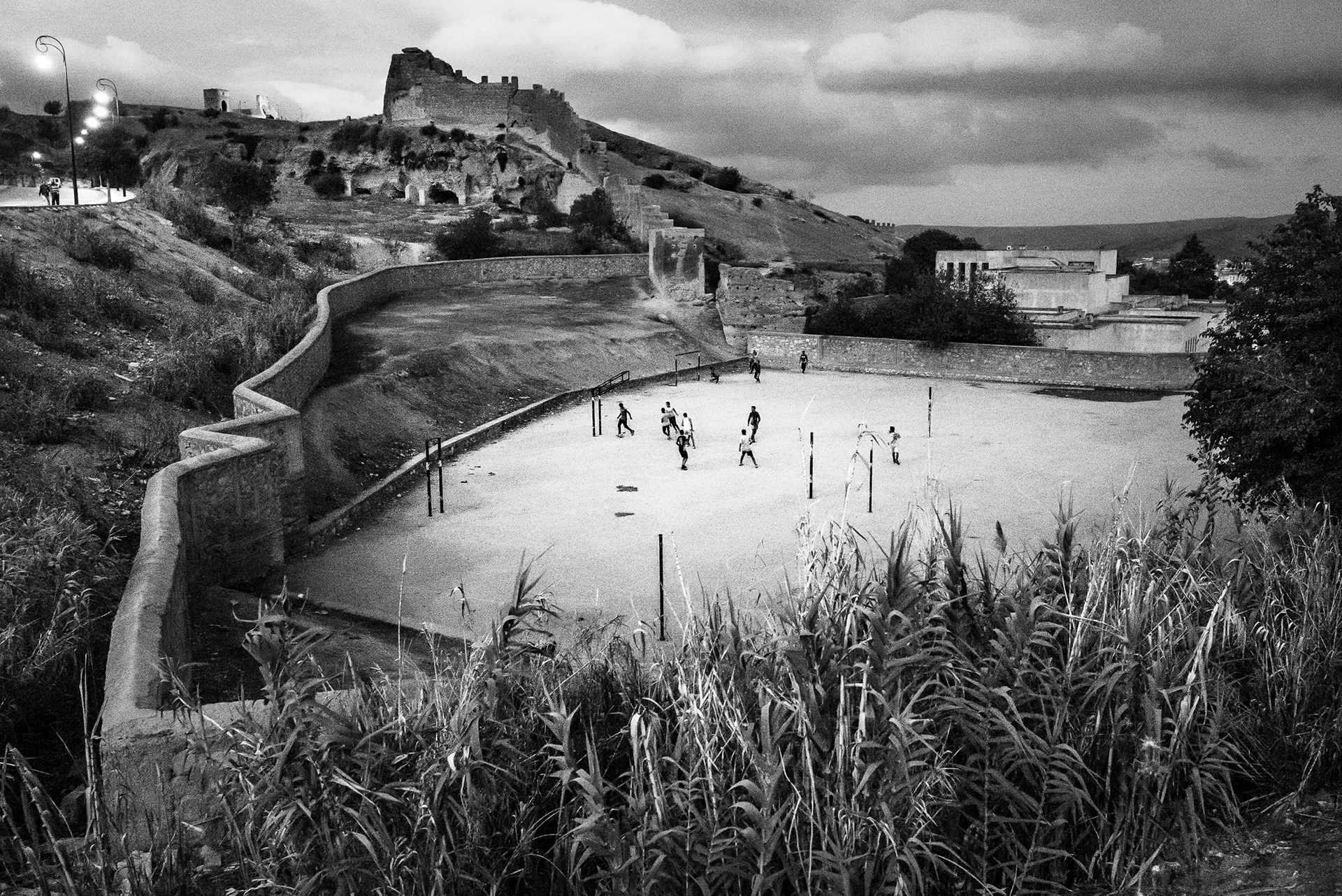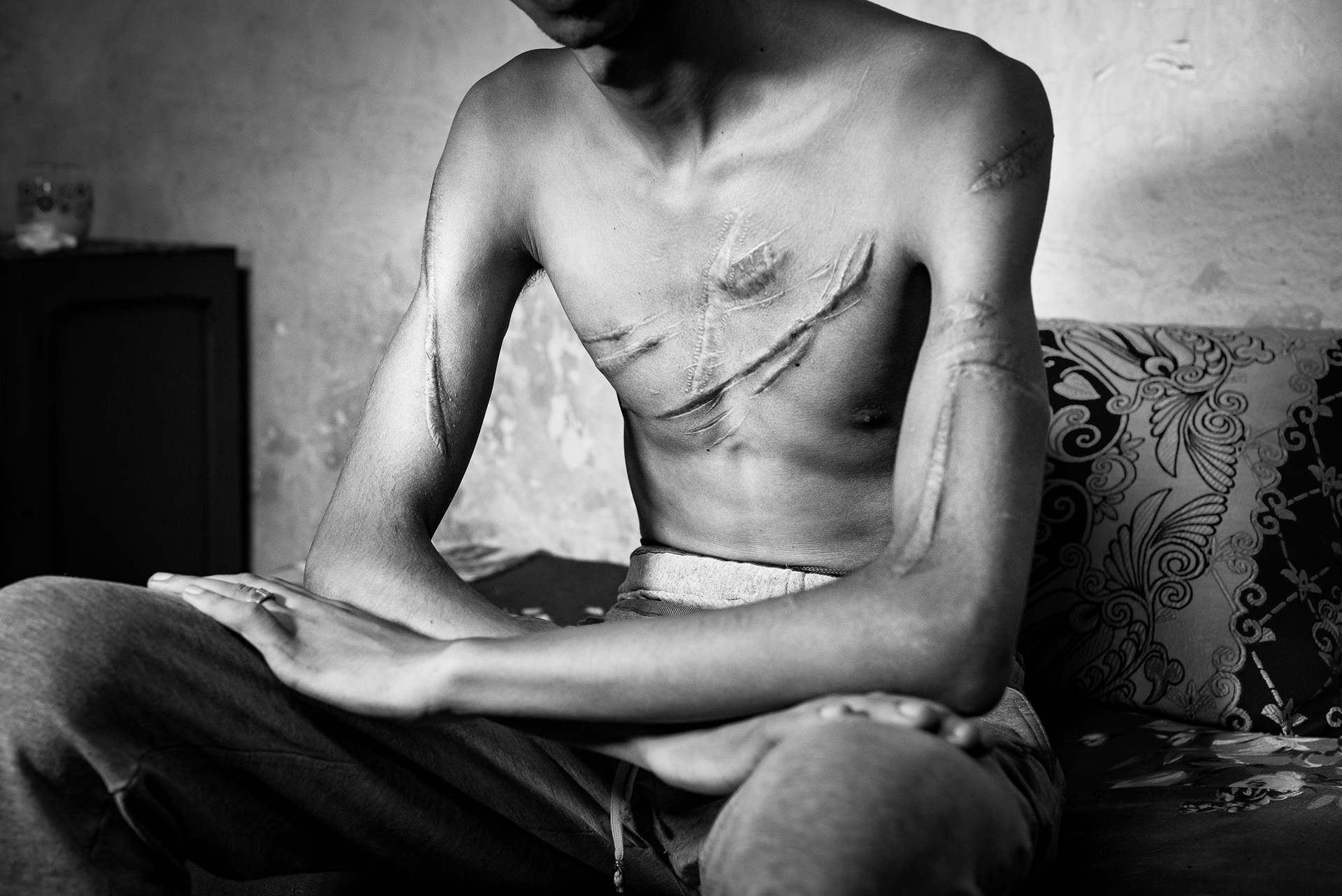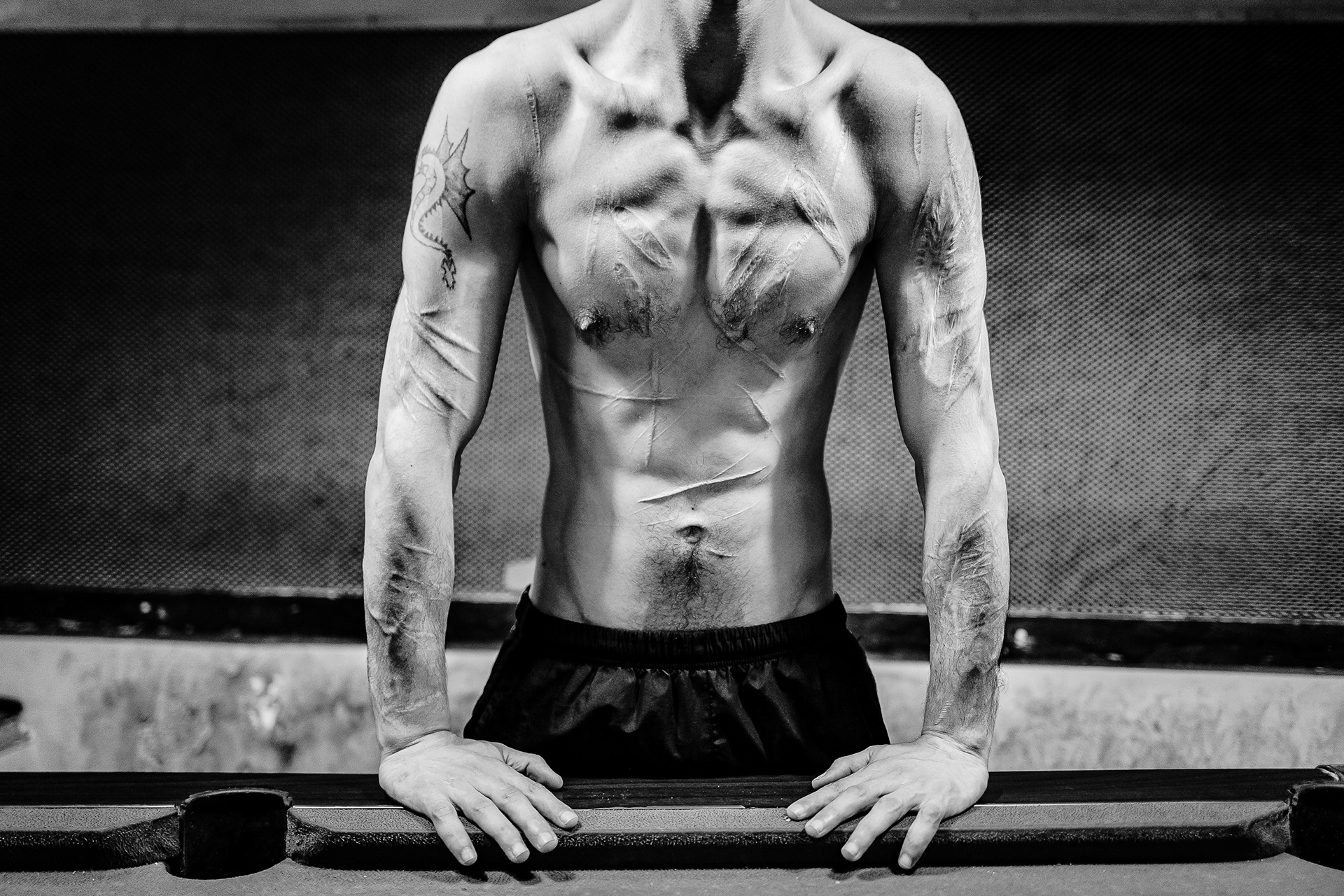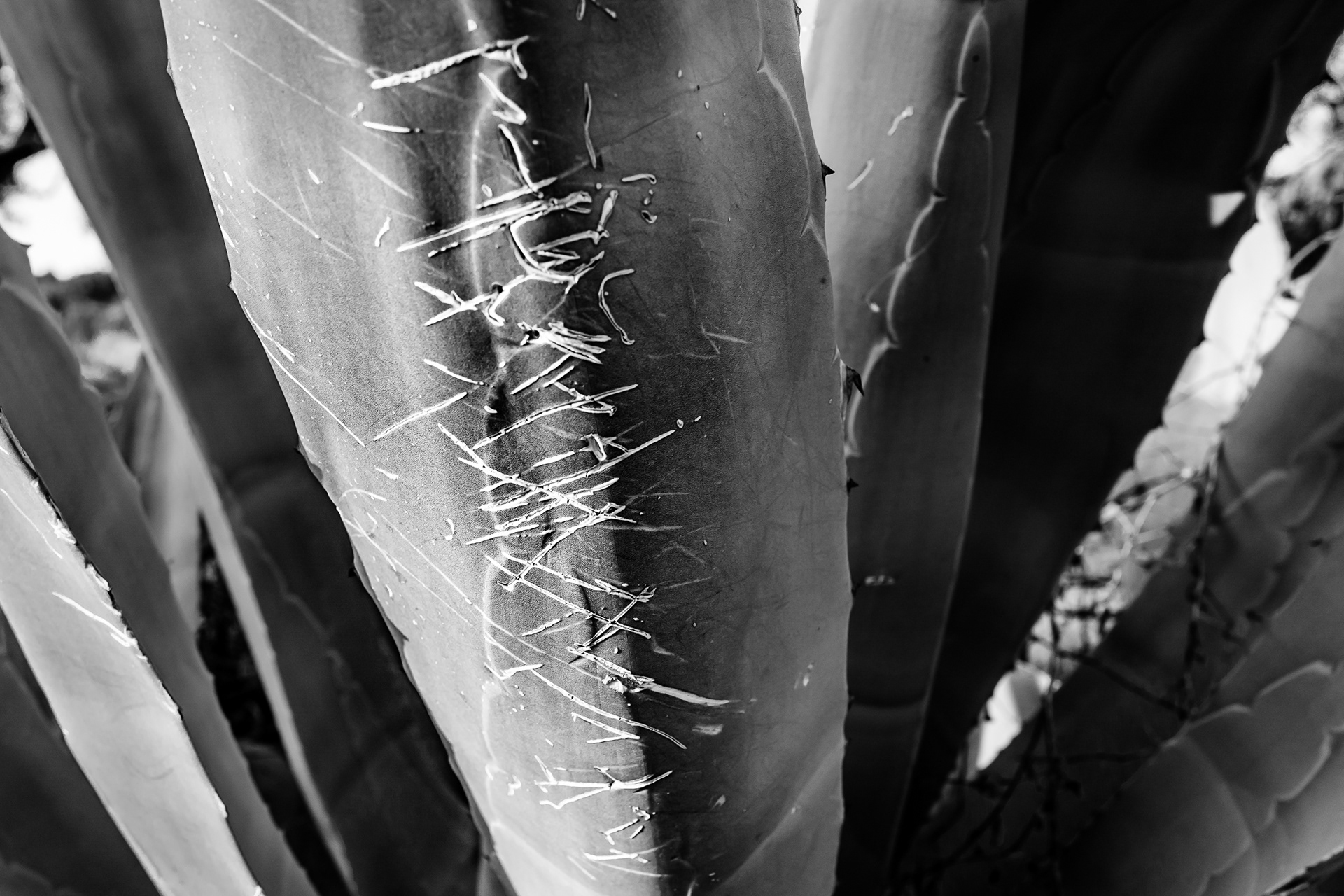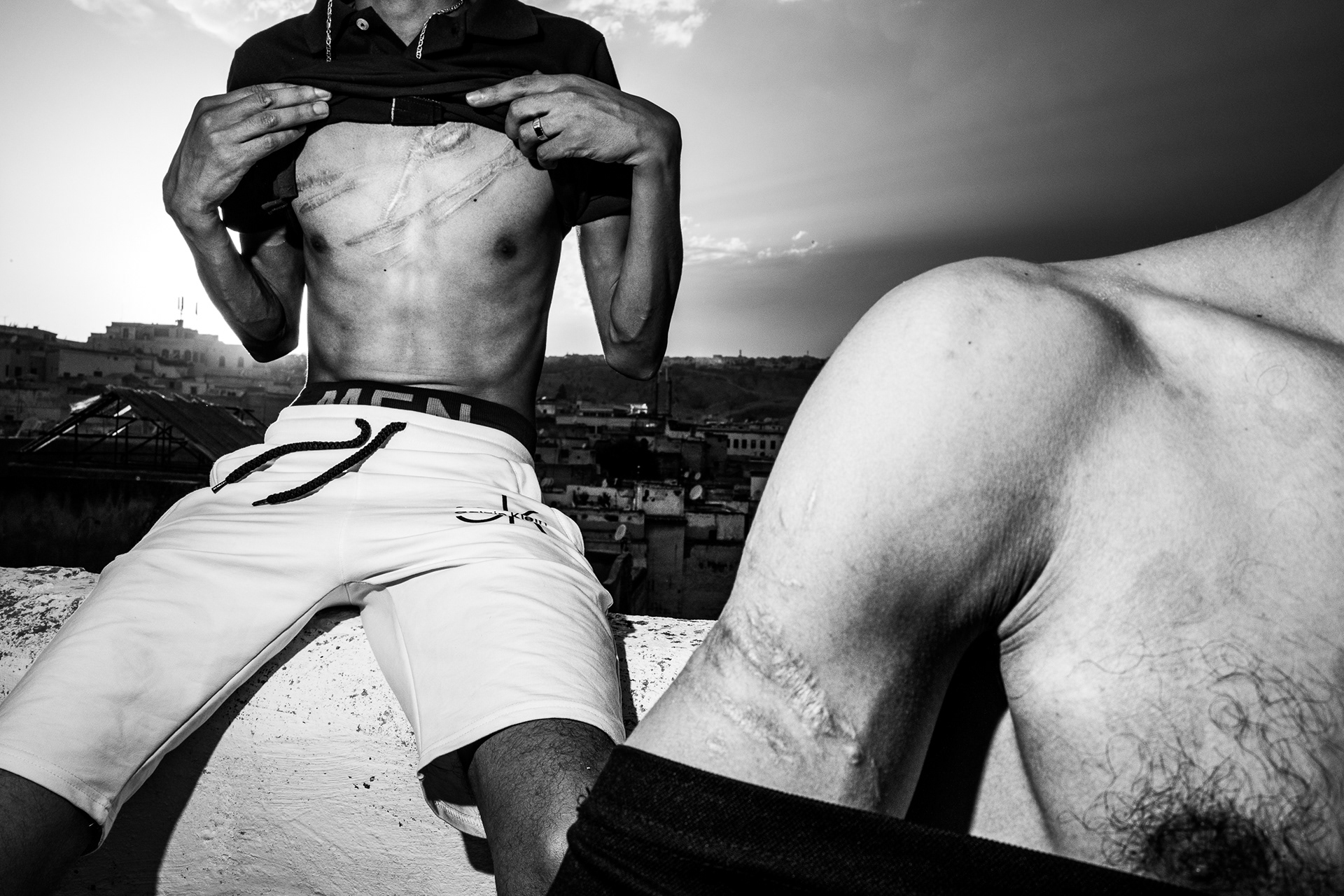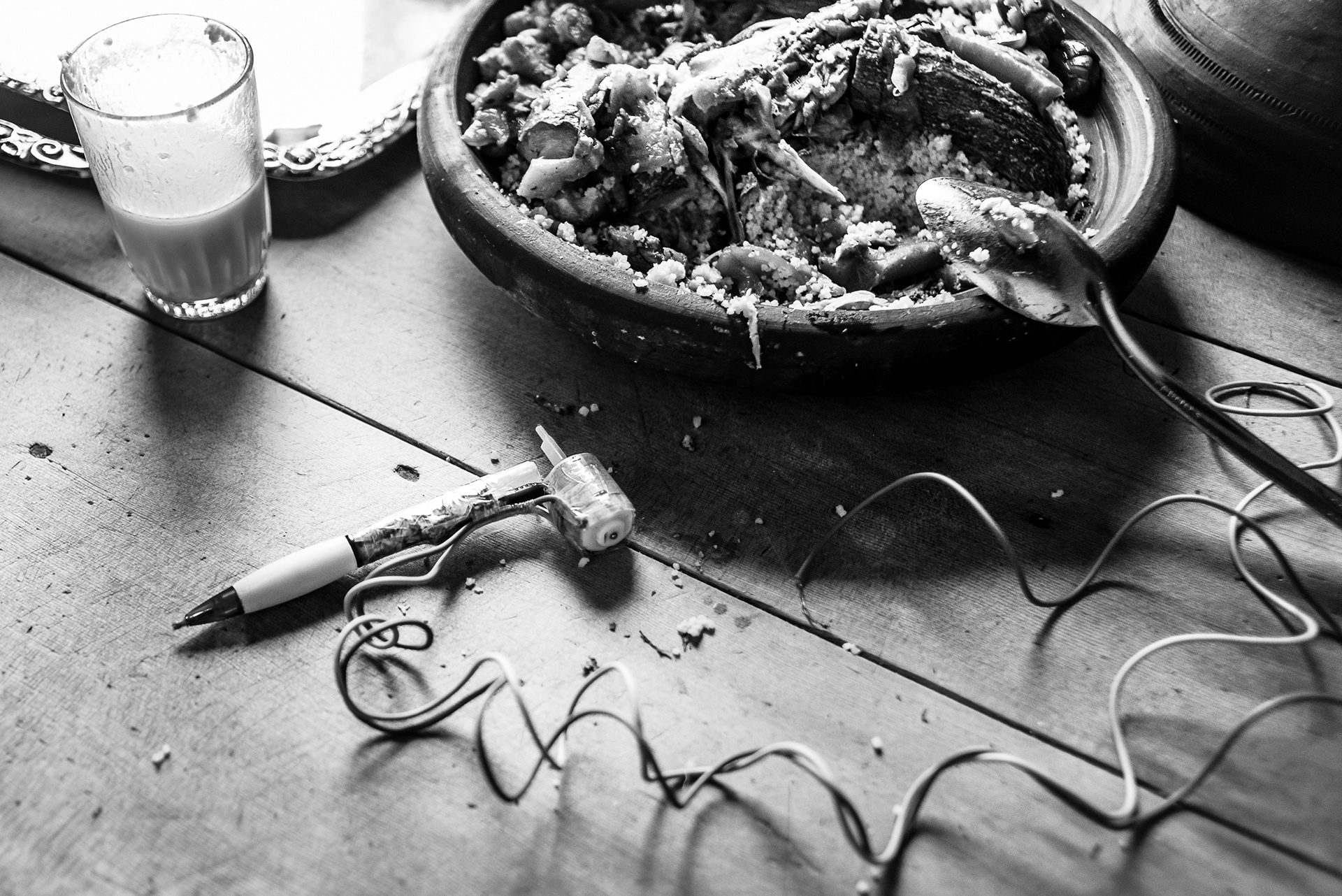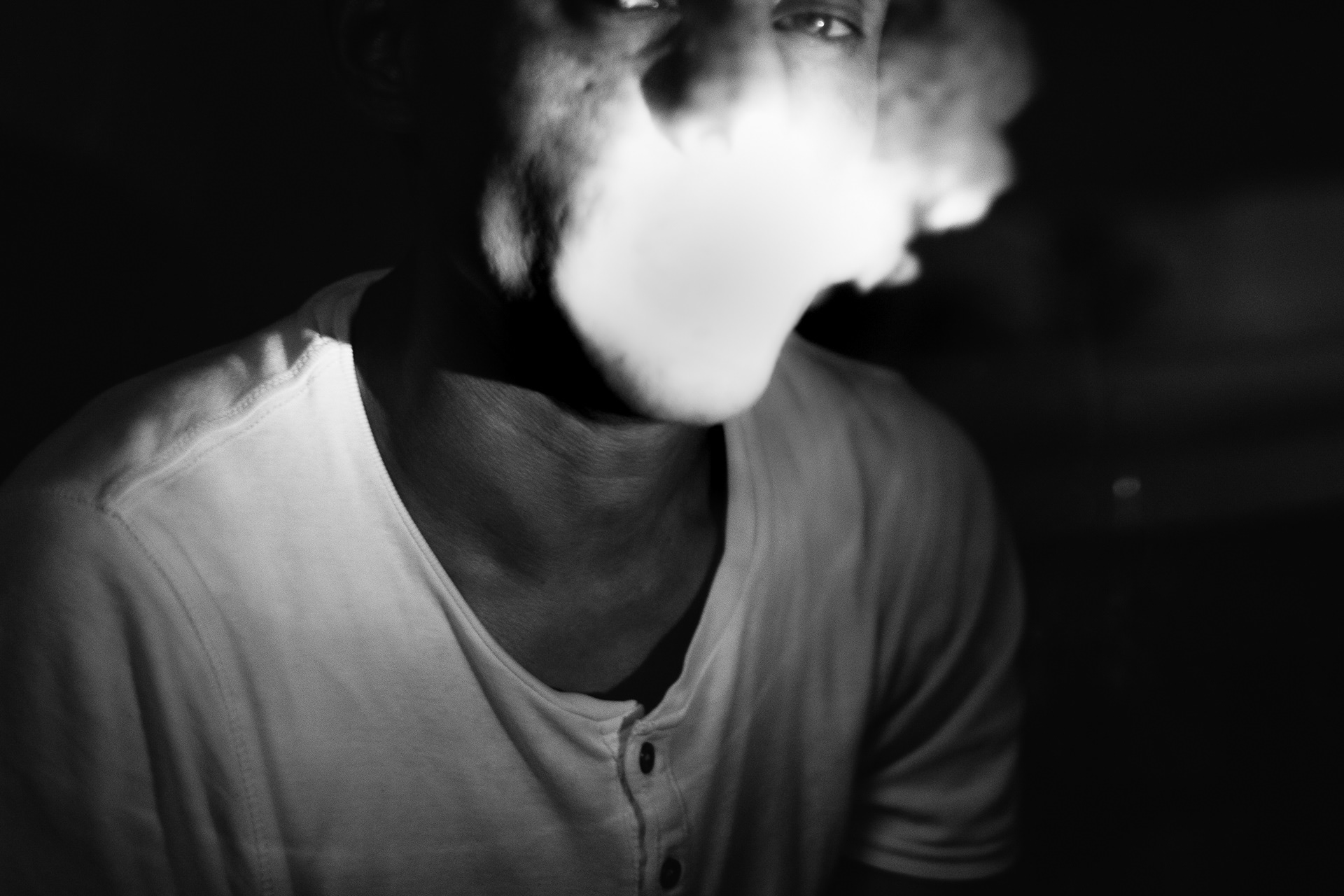ScarFès
Children show scars like medals.
Lovers use them as secrets to reveal.
A scar is what happens when the word is made flesh.
It is easy to display a wound, the proud scars of combat.
It is hard to show a pimple.
Leonard Cohen - The favourite game
"ScarFès" | Morocco, 2014 - 2017
Self-inflicted scarification is an increasingly widespread form of language among the marginalized boys of Morocco. It is a phenomenon that has entered such a degree in the relational dynamics, to become an intelligible code, such as to transform the body and the skin into the manifest of a deep existential pain. A totem on which to claim, with the edge of a blade, the refusal to a society that does not transform quickly enough, where the social gap is growing day by day: in the impotence of those who understand, young males in the first place, that they do not to have an active role in change.
The city of Fès is the symbol of this situation, it is considered the cultural capital of the country where the spread of heavy drugs seems to be driven to undermine its credibility. It is here that ScarFès enters through the glimpses of Moroccan society, seeing in self-injury, in the incision of skin a form of voluntary ghettoization, the search for an otherwise impalpable identity. ScarFès leads us to the margins, in a city where the common social unease, the lack of perspectives and the desire to emulate are the bricks of a wall, behind which finds its rage.
From a wall to another, a little further north, around the enclaves of Ceuta and Melilla, a barrier attempts to stem the energy of thousands of migrants who have come in sight of the Mediterranean via Fès and across the Rif's hills, chasing their own European dream. We are close to the Triangle of Tangier, the main source of the Moroccan diaspora, with an endemic poverty, historically ignored by any incentive for development, and then a political and cultural isolation. In a similar context, surviving means associating with criminal groups or trying to escape to Europe. For many, the third way is jihad.
Here the practice of engraving one's body takes on an iconoclastic ritual among the younger males, who, often under the influence of alcohol and heavy drugs, exhibit their contempt for human life, violating the integrity of their skins. So it is not a matter of pathological behavior or even of suicide attempts. During the years dedicated to this work, emerged clearly a strong desire to live among these young guys, so much so that the wounds themselves appeared real requests for help. Giuseppe Andretta has followed the boys of Fès for a long time in the heart of their ghetto, supporting their attempt to re-create their own and shared identity.
The use of blades reflects a diffuse drift in contemporary Morocco, where, in the last years, aggressions are multiplying with cutting weapons (ijram), especially by gangs of adolescents who identify themselves with Hispanic or American ones (thcarmil) . Likewise, cutting one's skin with a blade is a widespread practice in other social, richer and more developed contexts, including Europe and the United States. Self-harm lies among the so-called "risky behaviors" and typically involves adolescents, as an expression of the anxiety of modern living. The same happens in Fès, in particular, but it is widespread throughout Morocco, with the sole exception of being an exclusively male practice, extreme to the point that it also affects the face and neck. An extreme choice that, together with the genitals, is rejected by Western equal in age since the face is the inviolable basis of social identity.
The anthropologist David Le Breton, of the University of Strasbourg has studied for a long time the self-harming behaviors, trying to understand the motivations that push a human being to injure himself in this way. During the creation of ScarFès, it emerged that emulation was one of the main triggers of this form of rebellion. The 'fil rouge' among the initiates to this practice is however a deviated psychological and social condition, a marginal existence and the absence of perspectives. They are outsiders and their common condition is deeply engraved on their bodies, generating an understandable symbology, a real "macho" hierarchy within the group.
Emanuele Confortin


